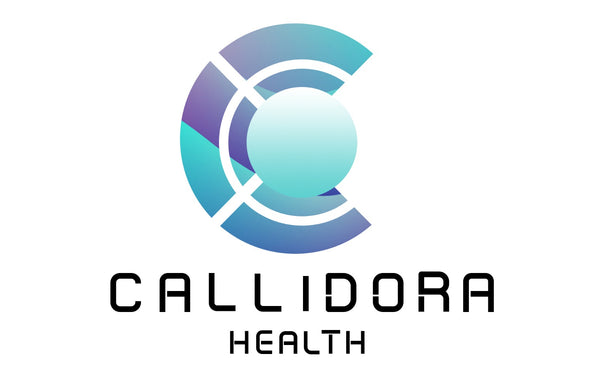Vein care is often overlooked, but it plays a crucial role in maintaining overall health, especially when it comes to preventing issues like deep vein thrombosis (DVT) and improving circulation. Many individuals, particularly those who have undergone surgery or spend long periods immobile, are at risk of developing vein-related problems. Fortunately, anti-embolism stockings offer a simple yet effective solution to protect your veins and ensure healthy circulation. In this blog, we'll explore the benefits of anti-embolism stockings and why they are an essential part of vein care.
What Are Anti-Embolism Stockings?
Anti-embolism stockings, also known as compression stockings or TED hose, are specially designed garments that apply controlled pressure to the legs. These stockings are engineered to enhance blood flow, reduce swelling, and prevent blood clots, specifically in individuals who are at risk for DVT. Made from elastic materials, anti-embolism stockings offer graduated compression, which means they provide the most pressure at the ankle and gradually loosen as they move up the leg. This design helps encourage blood flow back toward the heart, reducing the chances of clot formation and supporting overall vascular health.
Why Vein Care Matters
Maintaining healthy veins is vital for your overall well-being. Poor circulation, weakened veins, and untreated conditions can lead to discomfort and serious health complications. Here are some key reasons why vein care is important:
Prevention of Deep Vein Thrombosis (DVT): DVT is a condition where a blood clot forms in a deep vein, often in the legs. This condition can be dangerous if the clot breaks loose and travels to the lungs, causing a pulmonary embolism. Anti-embolism stockings can significantly lower the risk of DVT by improving blood circulation and preventing clot formation.
Reduction of Swelling: Swelling in the legs can occur due to poor circulation, prolonged sitting or standing, or as a result of conditions like varicose veins. Compression stockings help reduce swelling by encouraging the flow of blood and fluids back to the heart, easing discomfort.
Alleviation of Varicose Veins: Varicose veins are dilated veins that can cause pain, aching, and discomfort. Anti-embolism stockings provide pressure that helps reduce the appearance and discomfort of varicose veins by promoting better circulation and reducing fluid retention in the legs.
Better Circulation: Good circulation is crucial for overall health, as it helps transport oxygen and nutrients throughout the body. Compression stockings support blood flow, allowing for better venous return and minimizing the risk of circulatory issues.
How Do Anti-Embolism Stockings Work?
The effectiveness of anti-embolism stockings lies in their graduated compression design. Here's a breakdown of how they work:
Graduated Compression: The stockings exert the greatest pressure at the ankle and decrease as they rise up the leg. This pressure gradient promotes the return of blood to the heart, preventing blood from pooling in the lower extremities.
Enhancing Venous Return: By applying gentle pressure to the legs, these stockings help muscles in the lower legs contract and push blood upward. This is especially helpful for people who are immobile, bedridden, or have poor venous function.
Reducing Venous Pressure: The pressure exerted by the stockings reduces the strain on the veins, which helps alleviate symptoms of venous insufficiency, such as swelling, pain, and fatigue.
When Are Anti-Embolism Stockings Recommended?
Anti-embolism stockings are often prescribed by doctors for the following situations:
Post-Surgery Recovery: After surgery, especially on the lower body, patients are at an increased risk for DVT due to immobility. Wearing anti-embolism stockings helps prevent clots from forming during the recovery period.
Prolonged Bed Rest: For individuals who are on bed rest due to illness or injury, anti-embolism stockings are often recommended to reduce the risk of DVT and improve circulation.
Long-Distance Travel: Sitting for extended periods, such as on long flights or car rides, can impede circulation in the legs. Anti-embolism stockings help mitigate this risk by promoting blood flow during travel.
Chronic Venous Insufficiency: For people suffering from CVI, where veins have difficulty returning blood to the heart, compression stockings can alleviate symptoms like swelling and leg pain.
Pregnancy: Pregnancy can lead to increased pressure on the veins, leading to swelling and discomfort. Anti-embolism stockings can provide relief and reduce the risk of venous issues during this time.
How to Choose the Right Anti-Embolism Stockings
Choosing the right anti-embolism stockings is essential for maximizing their benefits. Here’s what to consider:
Compression Level: Anti-embolism stockings come in varying compression levels, usually ranging from 8-15 mmHg (mild) to 30-40 mmHg (strong). The appropriate level will depend on your medical needs and doctor’s recommendations.
Size and Fit: It's crucial that the stockings fit properly to ensure effectiveness. Incorrect sizing can lead to discomfort and reduced benefits. Be sure to measure your leg circumference and follow sizing guides to select the right size.
Material: Anti-embolism stockings are typically made of elastic materials like nylon or spandex, which provide flexibility and breathability. Choose a material that feels comfortable against your skin, especially if you plan to wear them for long periods.
Duration of Wear: Some people may need to wear anti-embolism stockings throughout the day, while others may only need them for specific periods, such as when recovering from surgery or during long trips. Follow your healthcare provider’s guidance on how long to wear them.
